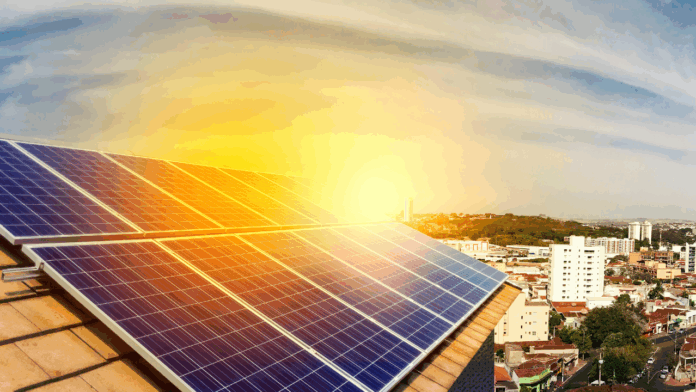A tropical country such as the Philippines is poised to be a major player in solar energy. Yet, despite the country being in a position to benefit from it, it has not seen greater state investment in solar energy.
While there is a growing interest in this alternative energy, the sun remains untapped.
In a recent conversation, Arwin Lawas Ardon – former Department of Energy (DOE) and a strong proponent of renewables such as solar, geothermal, wind, and hydropower – explained that the Philippines receives an annual 4 to 5 kilowatt-hours of solar irradiance. This level is ideal for solar power systems to capture energy, and places the country in the higher-tier category alongside Vietnam, northern Australia, and parts of Mexico.
Ardon added that the country is poised to harvest a significant amount of solar energy.
But why aren’t we?
According to the Southeast Asia Information Platform for the Energy Transition (SIPET), in 2022, solar only made up 1.4% of the country’s total power generation. The rest of the renewables only amounted to 22%, a far cry from the Paris Agreement pledge of the national government to increase the share to 35% by 2030.
This indicates that there should be a massive scale-up leading up to that deadline.
In more recent data from state sources such as the Philippine News Agency, the DOE said the country hit the highest installed capacity of renewable energy (RE) in 2024 at 794.34 megawatts.
While this proved to be an increase, the progress remains slow at best.
So, what is holding us back from literally harvesting energy from the sun? It’s a multitude of reasons.
High upfront costs are a major factor, with panels and systems ranging from ₱100,000 to ₱250,000 depending on size, making it prohibitive for most Filipinos. There is also a lack of state incentives at the consumer level. Unlike in other ASEAN countries, there is no national incentive program to ease this cost for the consumer. That, along with low public awareness, is a hindrance on the consumer side of the issue.
There are also bureaucratic issues, such as delays in permitting that take months, unclear net-metering rules, and a maze of requirements that vary from local government to local government, all of which pose significant challenges.
The slow uptake of the construction of larger solar plants also poses a challenge. While there are construction projects in place, such as the Helios Solar Power Plant in Negros Occidental and the recently started Terra Solar Project in Nueva Ecija, expected to finish in 2026, there is still a need to develop more.



